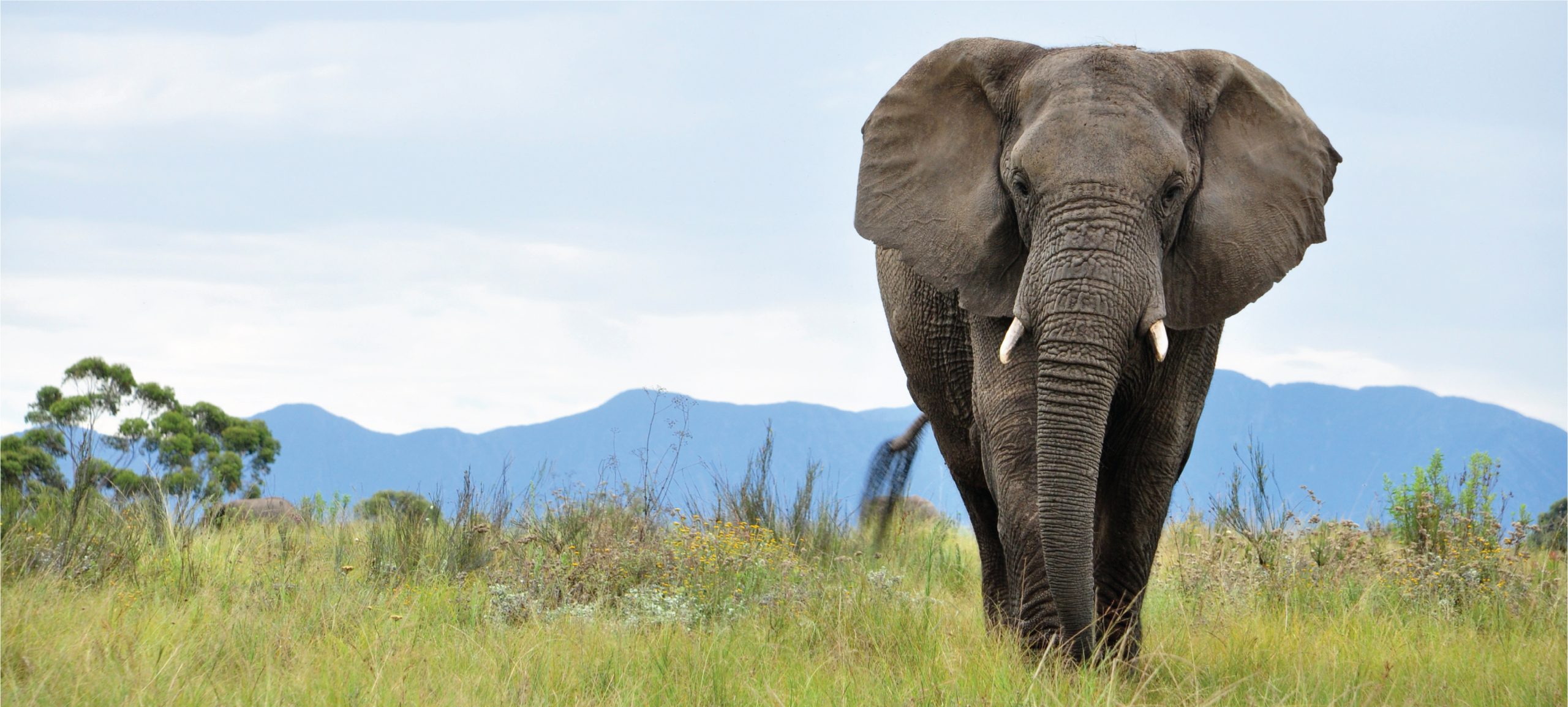-

Red-tailed Phascogale
Discover the unique Red-tailed Phascogale (Phascogale calura), a small nocturnal marsupial native to Australia, recognized for its striking red tail and agile lifestyle. This fascinating creature plays a crucial role in its ecosystem as a carnivorous insectivore, yet faces significant threats that put its population at risk. Explore its physical adaptations, behaviors, and conservation challenges…
-

Northern Brush-tailed Phascogale
Discover the Northern Brush-tailed Phascogale (Phascogale pirata), a fascinating nocturnal marsupial native to northern Australia, known for its distinctive brush-like tail and agile climbing abilities. This elusive creature plays a crucial role in controlling insect populations within its forest habitat, but it faces threats from habitat loss and introduced predators, which have led to its…
-

Common Brush-tailed Phascogale
Explore the fascinating world of the Common Brush-tailed Phascogale, or Tuan, a nocturnal marsupial native to Australia. With its distinctive bushy black tail and exceptional climbing abilities, this elusive creature plays a vital role in its ecosystem while facing threats from habitat loss and introduced predators. Discover its unique behaviors, conservation status, and intriguing life…
-

Giles’s Planigale
Discover the intriguing world of Giles’s Planigale (*Planigale gilesi*), one of Australia’s tiniest marsupials, known for its remarkably flattened body and head. This nocturnal insectivore, measuring just 5-6 cm in length and weighing only 4-6 grams, plays a vital role in its ecosystem while skillfully navigating arid habitats. Learn about its unique adaptations, solitary behaviors,…
-

Long-tailed Planigale
Discover the remarkable Long-tailed Planigale (Planigale ingrami), a tiny carnivorous marsupial native to Australia. With its distinctive flat head, extraordinary agility, and ability to thrive in harsh environments, this diminutive predator plays a crucial role in controlling insect populations. Explore the adaptations that make the Long-tailed Planigale one of the smallest mammals on Earth and…
-

Eastern Short-furred Dasyure
Discover the intriguing Eastern Short-furred Dasyure (Dasyurus orientalis), a small carnivorous marsupial native to Eastern Australia’s forests and grasslands. With its agile movements, distinctive coat, and vital role in controlling local prey populations, this nocturnal hunter is essential for maintaining ecological balance. Despite being listed as “Near Threatened,” ongoing conservation efforts aim to protect its…
-

Western Long-nosed Dasyure
Discover the fascinating Western Long-nosed Dasyure (Dasyurus spartacus), a small carnivorous marsupial native to the lush forests of Western New Guinea. With its elongated snout, striking patterned coat, and nocturnal hunting skills, this solitary predator plays a vital role in maintaining ecological balance. Learn about its unique adaptations, behaviors, and the conservation challenges it faces…
-

Broad-striped Dasyure
Discover the captivating world of the Broad-striped Dasyure, a small yet fierce carnivorous marsupial native to New Guinea. With its striking cream-colored stripe and agile hunting skills, this intriguing creature plays a vital role in its ecosystem while adapting to its diverse habitats. Explore the unique characteristics, behaviors, and conservation status of this remarkable member…
-

Eastern Long-nosed Dasyure
Discover the remarkable Eastern Long-nosed Dasyure, or Eastern Quoll, a captivating carnivorous marsupial native to Australia. Renowned for its striking spotted coat and agile hunting skills, this vital predator plays an essential role in maintaining ecological balance while adapting to diverse habitats. With its near-threatened conservation status, the Eastern Long-nosed Dasyure’s future hinges on dedicated…
Search
Popular Posts
-
Hemidactylus tamhiniensis
Discover the Hemidactylus tamhiniensis, also known as the Tamhini gecko, a nocturnal reptile native to the rich ecosystems of the Tamhini Ghats in India. Measuring 7 to 10 cm, this insectivorous gecko features a slender body with rough, mottled skin for excellent camouflage, playing a vital role in controlling pest populations within its habitat.
-
Hemidactylus sushilduttai
Discover the unique Hemidactylus sushilduttai, a vulnerable gecko native to the lush rainforests of India’s Western Ghats, known for its robust body, large bulging eyes, and exceptional climbing abilities. This nocturnal insectivore plays a crucial role in controlling insect populations and maintaining ecological balance within its habitat.
-
Hemidactylus stejnegeri
Hemidactylus stejnegeri, or Stejneger’s House Gecko, is a nocturnal insectivore found in tropical and urban habitats across Southeast Asia, known for its striking large eyes, adhesive toe pads, and remarkable climbing ability. Typically measuring 10 to 15 cm, this adaptable species plays a key role in controlling insect populations while displaying unique social behaviors and…
Categories
Tags
animal adaptations (816) animal behavior (4836) animal reproduction (812) behavior (919) biodiversity (7295) conservation (1670) conservation efforts (1588) conservation status (5149) diet (2099) echolocation (822) ecological balance (1736) ecological role (1582) ecology (794) ecosystem (1468) ecosystem role (2747) ecosystem roles (720) endangered species (2450) environmental conservation (745) habitat (3258) habitat conservation (990) Habitat Destruction (1164) habitat loss (3132) insectivorous reptiles (783) IUCN Red List (1623) lizard reproduction (742) nocturnal animals (2722) nocturnal behavior (2394) nocturnal reptiles (819) physical characteristics (2009) reproduction (2869) reptile behavior (742) reptile conservation (1082) reptile reproduction (768) rodent species (1325) seed dispersal (2089) Seed Disperser (963) small mammals (1166) snake diet (804) snake reproduction (860) South America (794) tropical forests (942) Vulnerable Species (4616) wildlife (2508) wildlife conservation (4874) wildlife protection (907)





